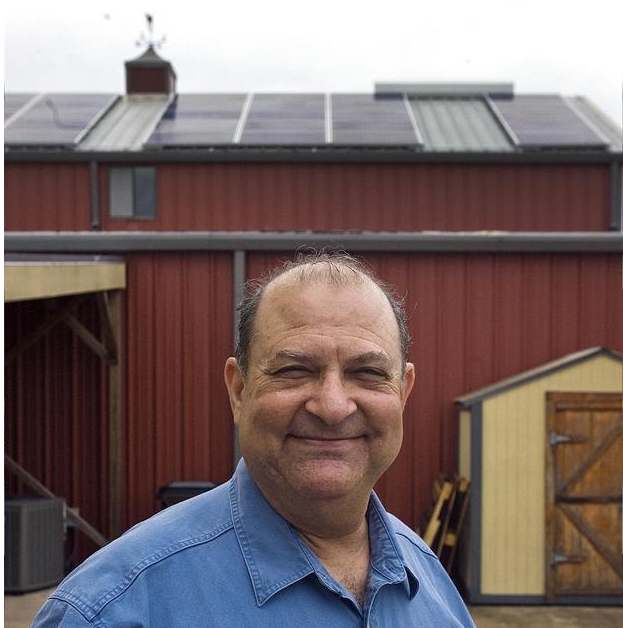Republicans keep rejecting the success of the stimulus package but that is nothing new, being opposed is just a Republican thing to do nowadays. President Obama said yesterday that even if he said the sky is blue, Republicans would disagree. Despite all that, in Texas, the stimulus seems to serve its purpose just fine, especially in the field of energy. Unlike what Republicans claim, it has provided incentives for small businesses with incentives to grow, save money, and it has also helped create jobs.
The Austin American Statesman shared a couple of stories about small businesses that have benefited from the stimulus. First is the Dog Ranch in Pflugerville. The owners wanted to install solar panels atop the ranch roof, a move they figured would save them some money on energy bills. The panel cost $87,000. With the stimulus funds(Grants from the Department of Energy) the owners received and Austin Energy’s rebate program, they only had to pay $10,000. For the Ranch owners, this deal saved them a lot of money since they only pay one third of the energy bill they used to pay before installing the panels in addition to the tax credit they get from installing the panels, “We just expanded in December, and we wouldn’t otherwise have had capitol to do it,” Said the Dog Ranch owner.
Longhorn Solar is the installation company that set up the Dog Ranch solar panels. The company too has taken advantage of the stimulus money and now it has 10 employees and many more installation projects. Louis Petrik, the CEO of Longhorn Solar said “It (the Stimulus) allows us to put a lot of jobs in the pipeline and go out and actively hire,”
A part of the stimulus money was given to states to have at their disposal to run their own programs (And they say the Feds want to take over local governments). To track the federal stimulus funds, the Texas Legislature appointed the Select Committee on Federal Economic Stabilization Funding. According to its website, The Committee “monitor[s] actions of the federal government, including legislation and regulations, related to efforts to promote economic recovery by providing federal funds to the states.”
On September 1st, the Subcommittee on Energy held a hearing in Corpus Christi where major stimulus fund recipients such as Centerpoint Energy and Iberdrola Renewables presented in what project they are using the stimulus money and how they are going about meeting their goals. Documents from the hearing are provided on the Texas Stimulus Funds website or you can access them by clicking here.




